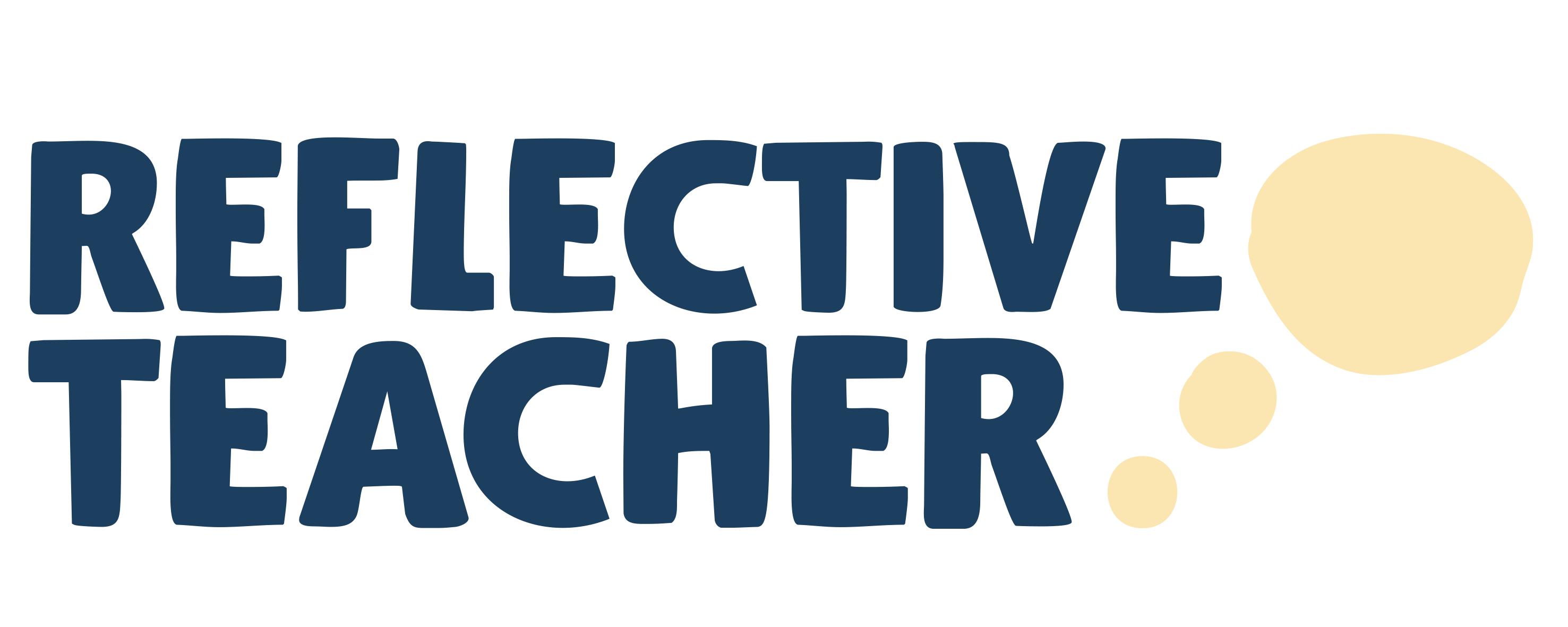Introduction
In the fast-paced world of education, it is essential for teachers to adapt and grow continually to meet the diverse needs of their students. One powerful tool that aids in this professional development is reflection. The concept of a “reflective teacher” is not just a trendy phrase; it’s a comprehensive approach to improving teaching and learning in schools. By embracing reflection as an integral part of their practice, educators can create a culture of shared goals, collaboration, and continuous improvement within their institutions. In this article, we will explore the significance of reflective teaching, the processes involved, and how it contributes to fostering a positive school culture in the United Kingdom.
The Importance of Reflection in Teaching
Reflective teaching is not a new concept. It has been embraced by educators worldwide, including in the United Kingdom, to enhance their teaching and student learning experiences. However, the importance of reflection in teaching cannot be overstated. It serves as a vital tool for professional development and personal growth for teachers. Here are some key reasons why reflective teaching is essential:
- Continuous Improvement: Reflective teaching allows educators to assess their practices, identify areas for improvement, and make necessary adjustments. This process leads to more effective teaching methods and better student outcomes.
- Student-Centered Learning: By reflecting on their teaching strategies, teachers can better adapt their approaches to meet the specific needs and learning styles of their students, promoting student-centered learning.
- Self-Awareness: Reflective teaching encourages teachers to become more self-aware of their strengths and weaknesses, fostering a deeper understanding of their teaching abilities and how they can improve.
- Adaptability: Education is a dynamic field, and the needs of students are constantly evolving. Reflective teachers are better equipped to adapt to changing educational trends and cater to the evolving needs of their students.
The Reflective Teacher as an App
In recent years, technology has played a significant role in transforming the way teachers approach reflection. Just as apps streamline various aspects of our lives, there are tools and applications designed to facilitate the reflective teaching process. These digital aids can help teachers record their reflections, organize their thoughts, and even share their insights with colleagues. Here’s how the reflective teacher as an app can make a difference:
- Easy Recording and Organization: Reflective teaching apps provide a user-friendly platform for teachers to record their thoughts and experiences, making it easier to organize and revisit their reflections.
- Data Analysis: These apps can help educators analyze trends and patterns in their reflections over time, which can provide valuable insights into their teaching practices.
- Collaboration: Digital platforms allow teachers to share their reflections and insights with colleagues, fostering a culture of collaborative professional development.
Processes Involved in Reflective Teaching
Reflective teaching is not a one-size-fits-all process; it involves a series of steps that teachers can adapt to their unique teaching contexts. Here are some of the essential processes involved in reflective teaching:
- Self-Reflection: The foundation of reflective teaching is self-reflection. Teachers need to take the time to think critically about their teaching methods, interactions with students, and classroom dynamics.
- Goal Setting: After self-reflection, teachers should set clear goals for improvement. These goals should be specific, measurable, achievable, relevant, and time-bound (SMART).
- Action Planning: Once goals are established, teachers create action plans detailing how they will achieve them. This may involve trying new teaching strategies, attending professional development sessions, or seeking mentorship.
- Implementation: Teachers put their action plans into practice, making the necessary changes to their teaching methods and classroom activities.
- Observation and Feedback: During this phase, teachers can seek feedback from colleagues, mentors, and even students. This external input helps them evaluate the effectiveness of their changes.
- Evaluation: After implementing changes, teachers need to evaluate the impact of these adjustments on student learning and overall classroom dynamics.
- Iteration: The reflective teaching process is ongoing. Teachers continuously cycle through these steps, making adjustments based on their ongoing reflections and evaluations.
Creating a Reflective School Culture
One of the most significant benefits of adopting reflective teaching is the potential to create a reflective school culture, where all staff members are aligned in their commitment to professional growth and enhanced student learning. Here’s how reflective teaching contributes to such a culture:
- Common Focus: Reflective teaching establishes a shared focus within the school community. All educators are working toward a common aim: improving teaching and learning.
- Collaboration: Teachers can use a common mechanism, such as a reflective teaching app or regular reflection meetings, to share and discuss their experiences. This collaboration fosters a sense of community and support.
- Open Communication: A culture of reflection encourages open communication. Teachers are more likely to discuss their challenges, successes, and areas for improvement, promoting a healthy exchange of ideas and strategies.
- Professional Development: Reflective teaching is inherently linked to professional development. By engaging in this process, educators are committed to their own growth, and they set an example for their students to follow.
- Data-Driven Decision Making: A reflective school culture is characterized by data-driven decision-making. Educators use their reflections and evaluations to inform instructional strategies and school policies.
- Accountability: Reflective teaching holds educators accountable for their practices and encourages them to take responsibility for their roles in the teaching and learning process.
- School Improvement: The cumulative effect of reflective teaching across all staff members contributes to the overall improvement of the school. This, in turn, benefits the students and the school community as a whole.
The Role of Leadership in Fostering Reflective Teaching
While reflective teaching can be initiated by individual teachers, the active support of school leadership is crucial for its success. School leaders, such as headteachers and department heads, play a pivotal role in fostering a reflective teaching culture. Here are some ways in which leadership can promote reflective teaching:
- Providing Resources: School leaders should ensure that teachers have access to the necessary resources, such as training and technology, to support their reflective practice.
- Modeling Reflective Behavior: Effective leaders lead by example. When school leaders demonstrate their commitment to reflection and professional growth, it encourages teachers to do the same.
- Creating a Supportive Environment: School leaders should establish a school environment where teachers feel safe and encouraged to share their reflections and challenges without fear of judgment.
- Encouraging Collaboration: Leaders can facilitate opportunities for teachers to collaborate, share their experiences, and learn from one another.
- Recognizing and Celebrating Success: Acknowledging and celebrating the successes and growth of teachers who engage in reflective practice can motivate others to follow suit.
The Impact of Reflective Teaching on Student Outcomes
At the heart of any educational approach is the desire to improve student outcomes. Reflective teaching directly contributes to this goal in several ways:
- Personalized Learning: Reflective teachers adapt their teaching methods to cater to the individual needs of their students. This personalized approach enhances student engagement and learning.
- Increased Student Motivation: When students see their teachers actively seeking ways to improve and provide a better learning experience, it can inspire them to take their own education more seriously.
- Better Classroom Management: Reflective teaching often leads to more effective classroom management strategies, resulting in a more conducive learning environment.
- Improved Assessment: Teachers who engage in reflective practice may refine their assessment methods to better measure student progress and understanding.
- Enhanced Communication: The open communication and collaboration within a reflective school culture can lead to improved communication between teachers, students,



Comments are closed